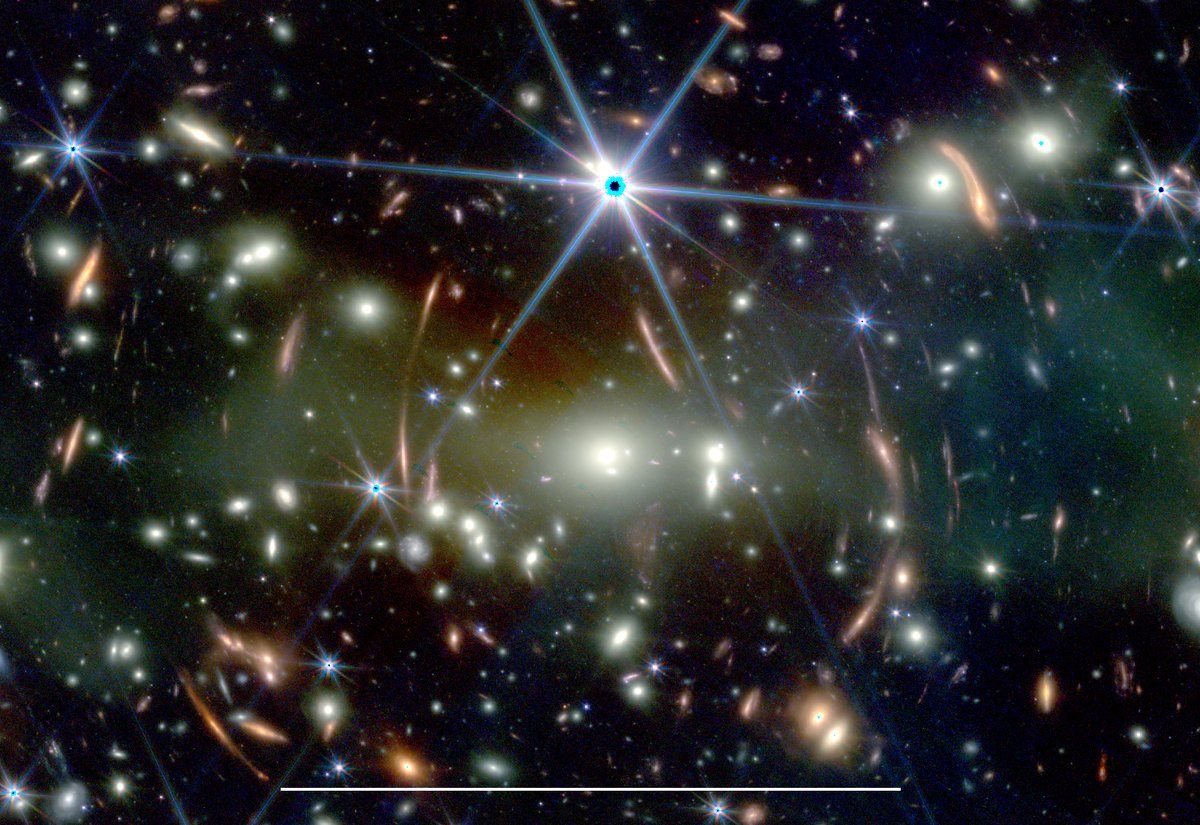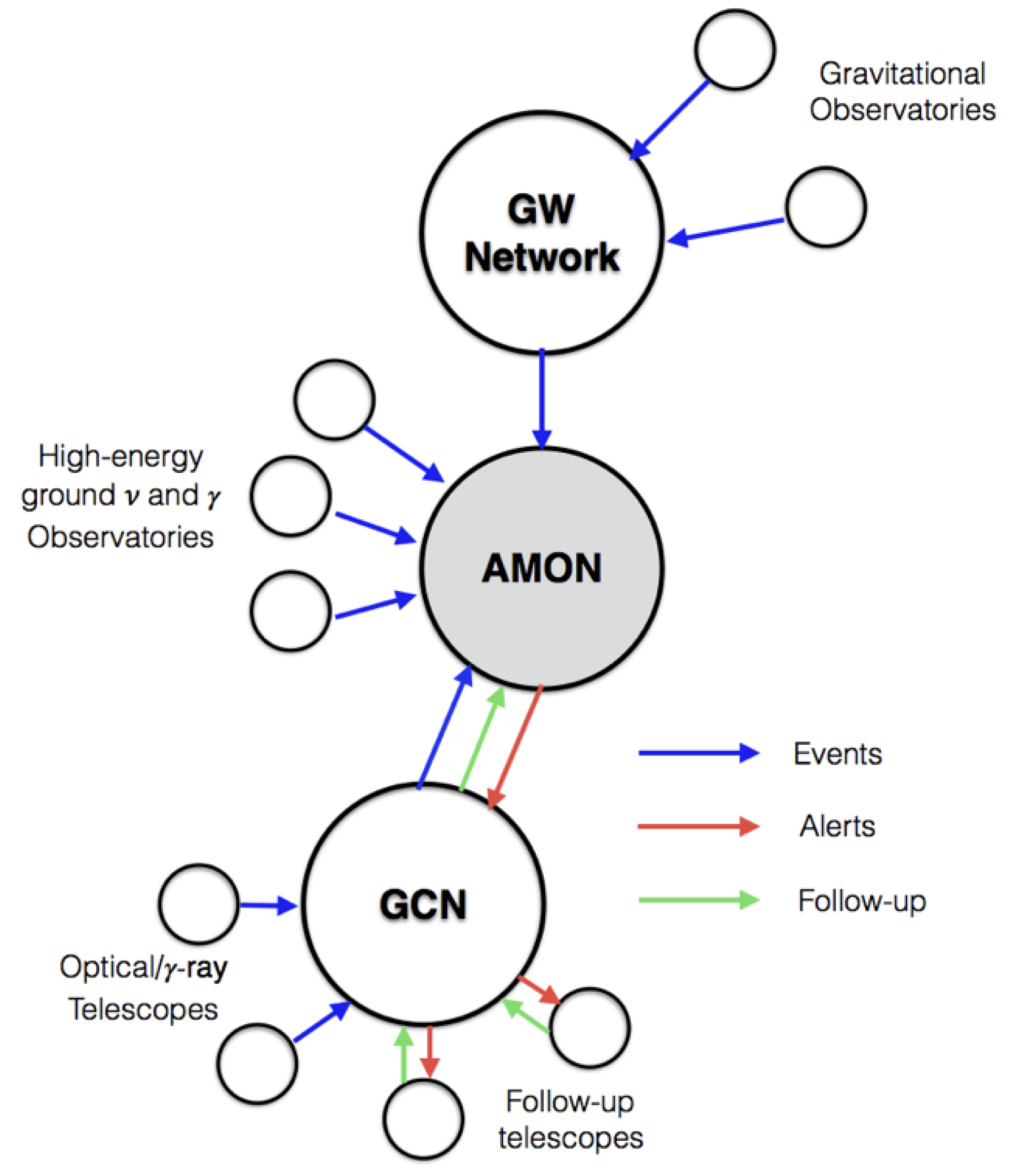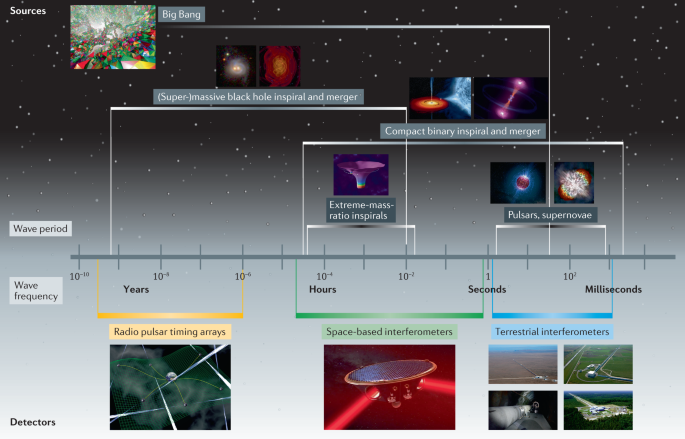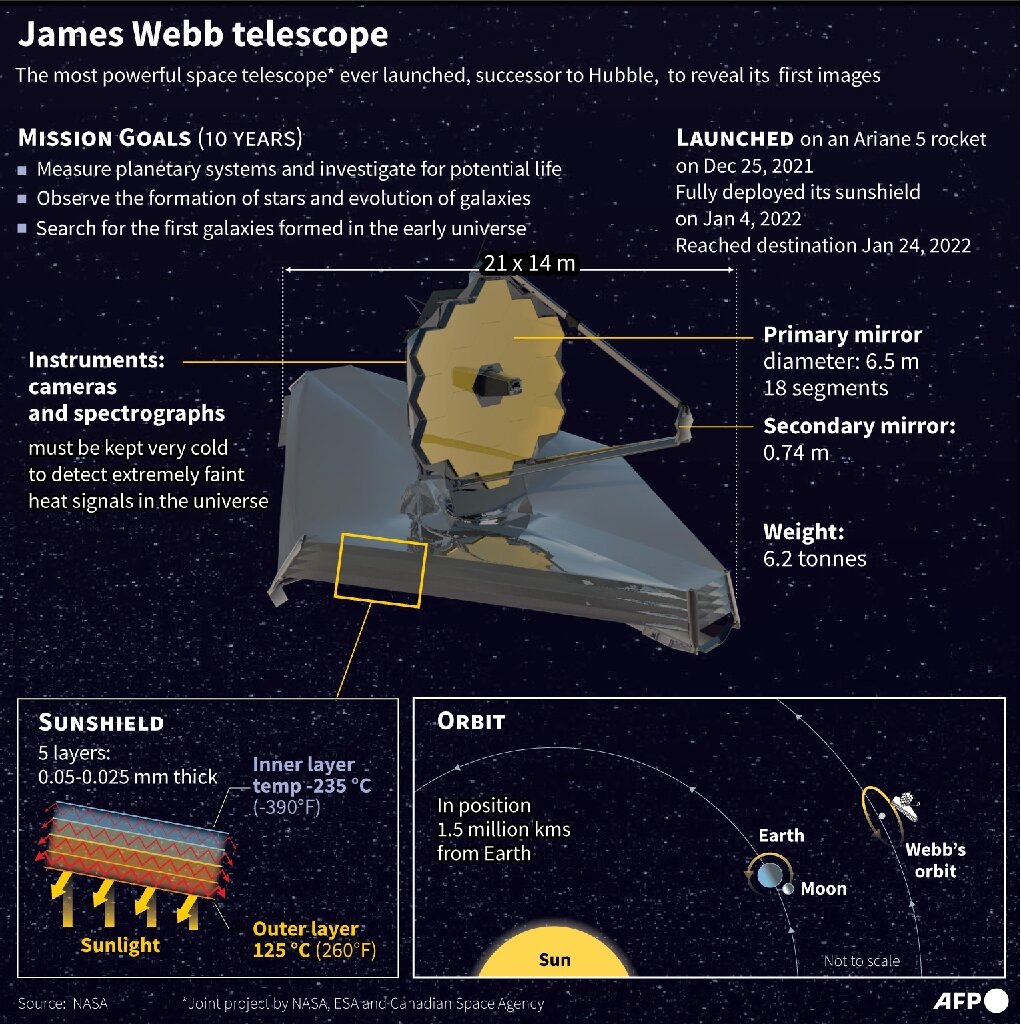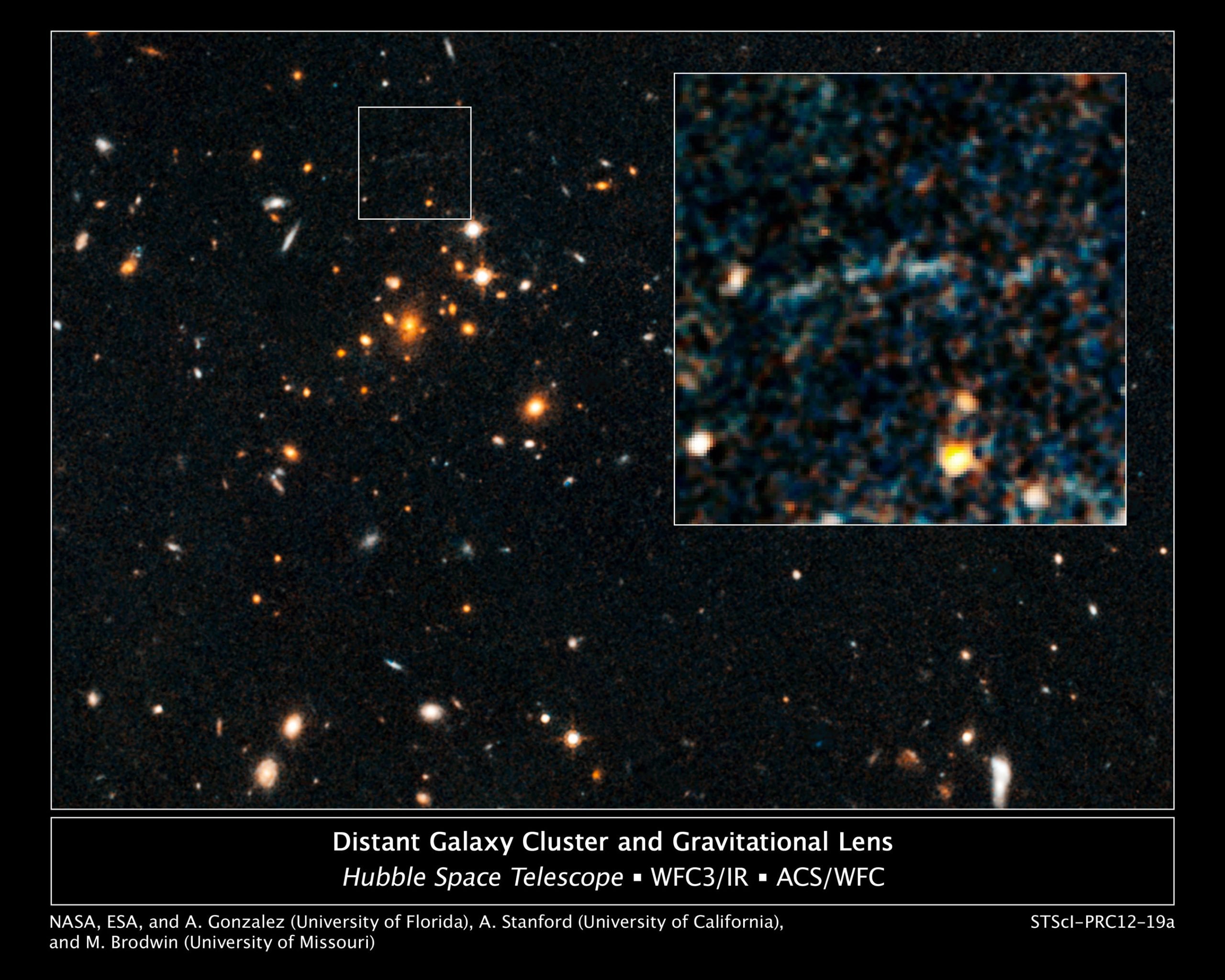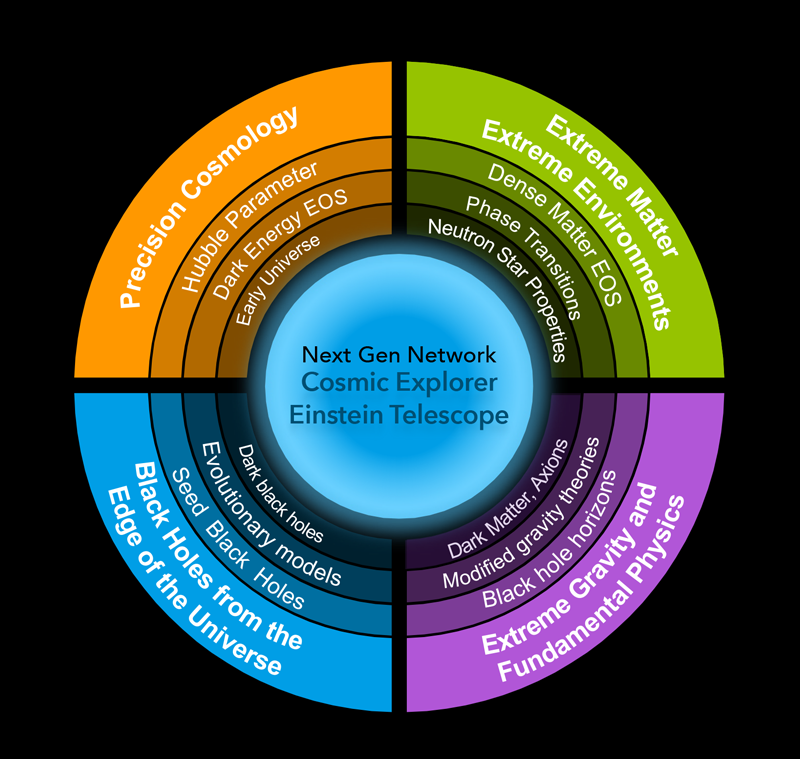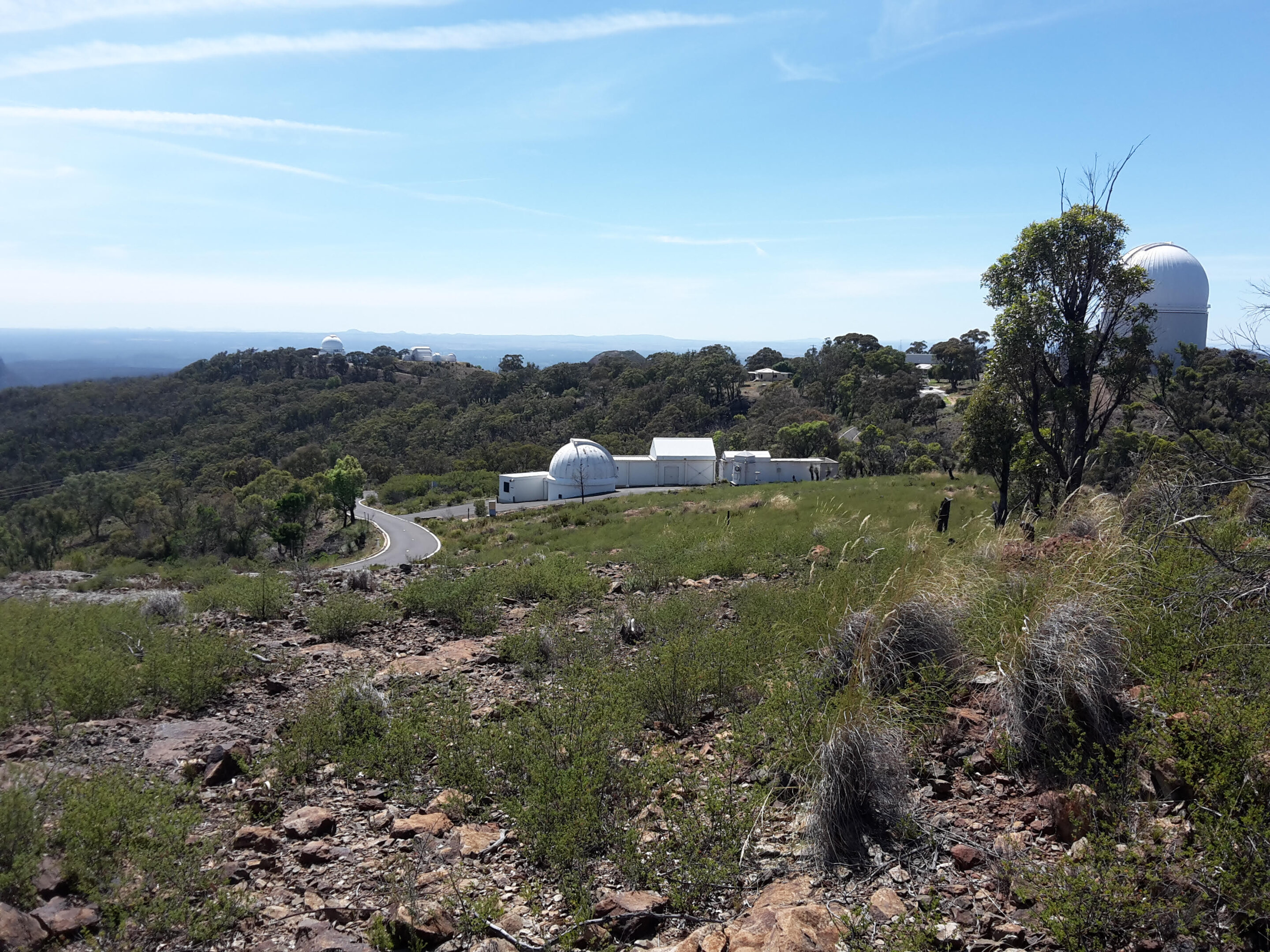
Follow-up of the Neutron Star Bearing Gravitational-wave Candidate Events S190425z and S190426c with MMT and SOAR - IOPscience
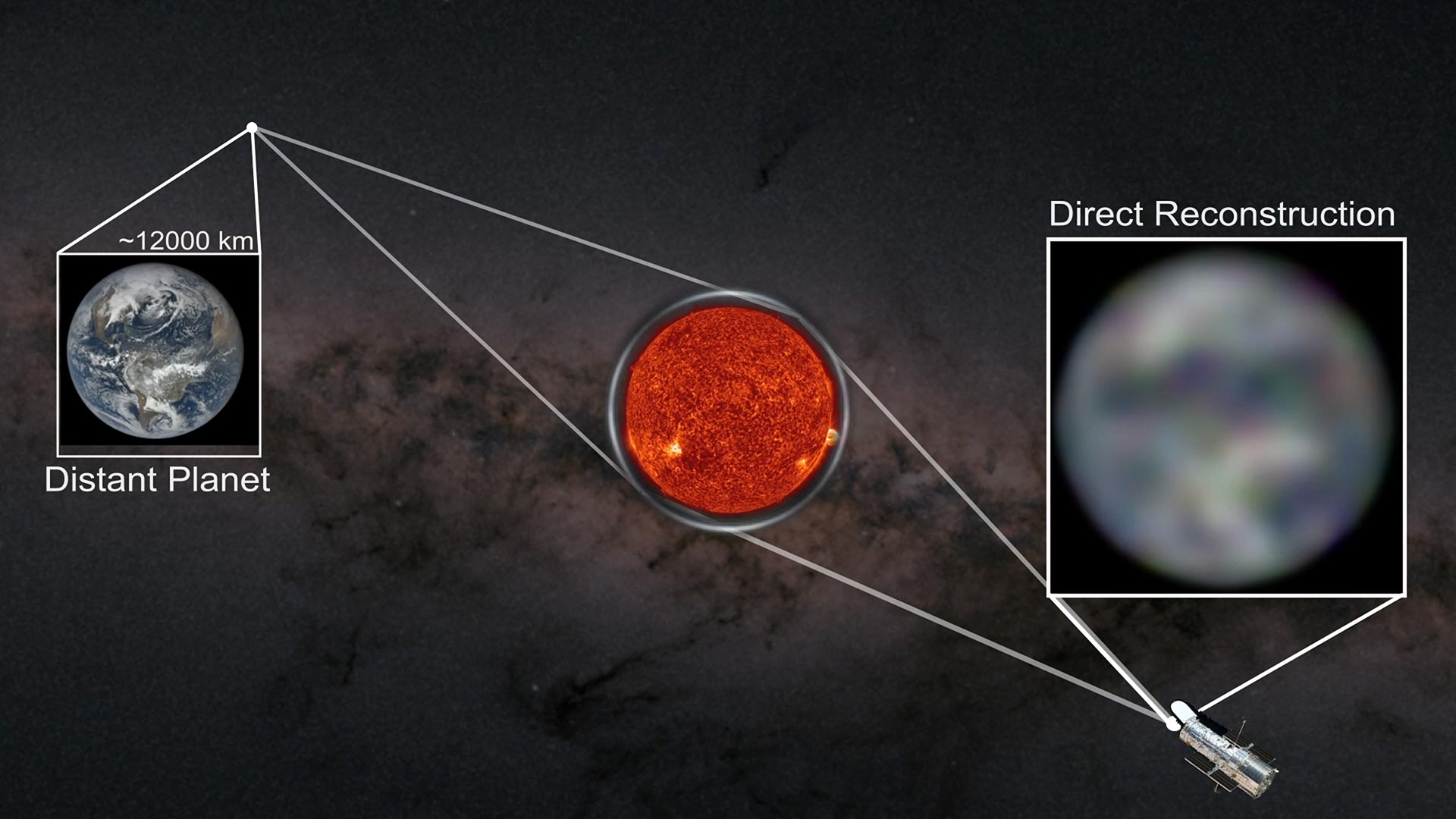
Stanford's Futuristic Gravity Telescope Could Image Exoplanets – 1,000x More Powerful Than Current Technology
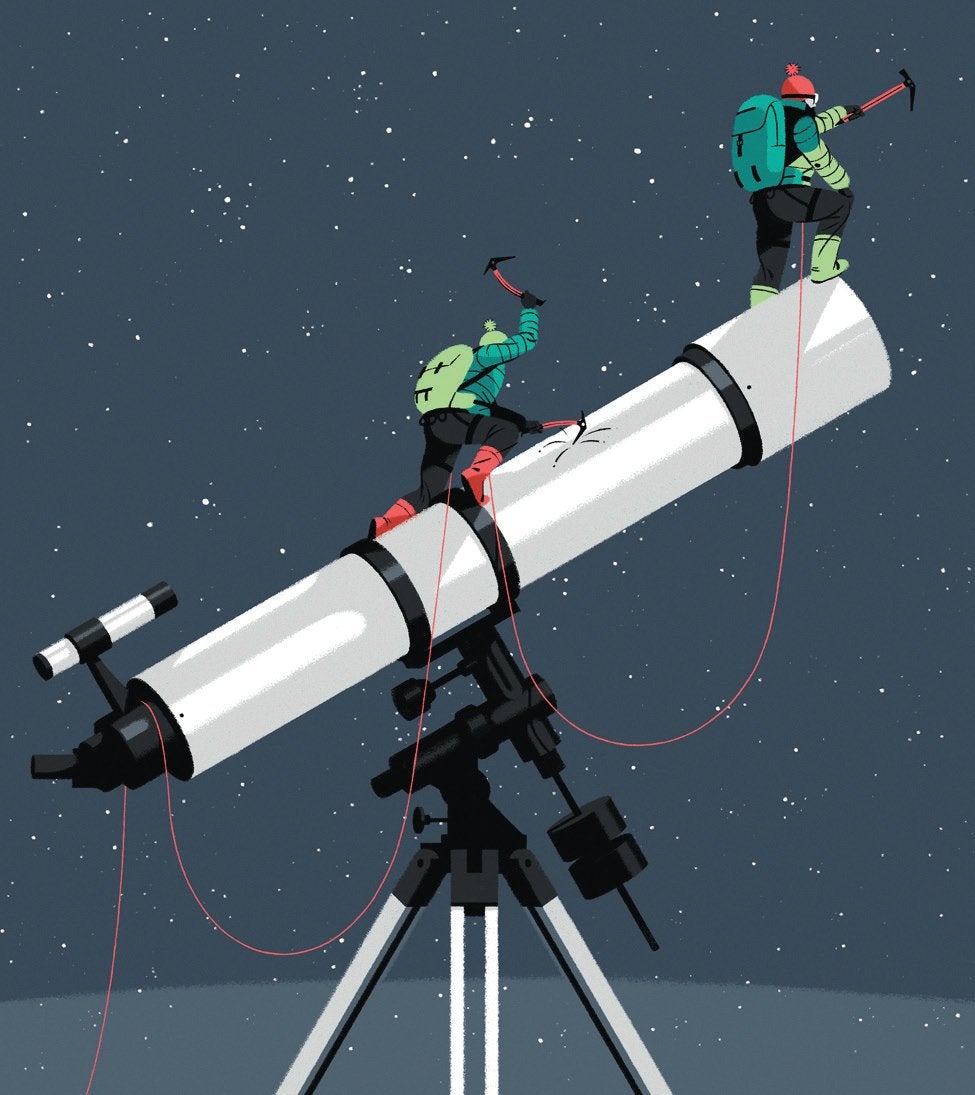
To Keep NASA's Golden Age Alive, We Need More Telescopes--but Far Less Expensive Ones - Scientific American
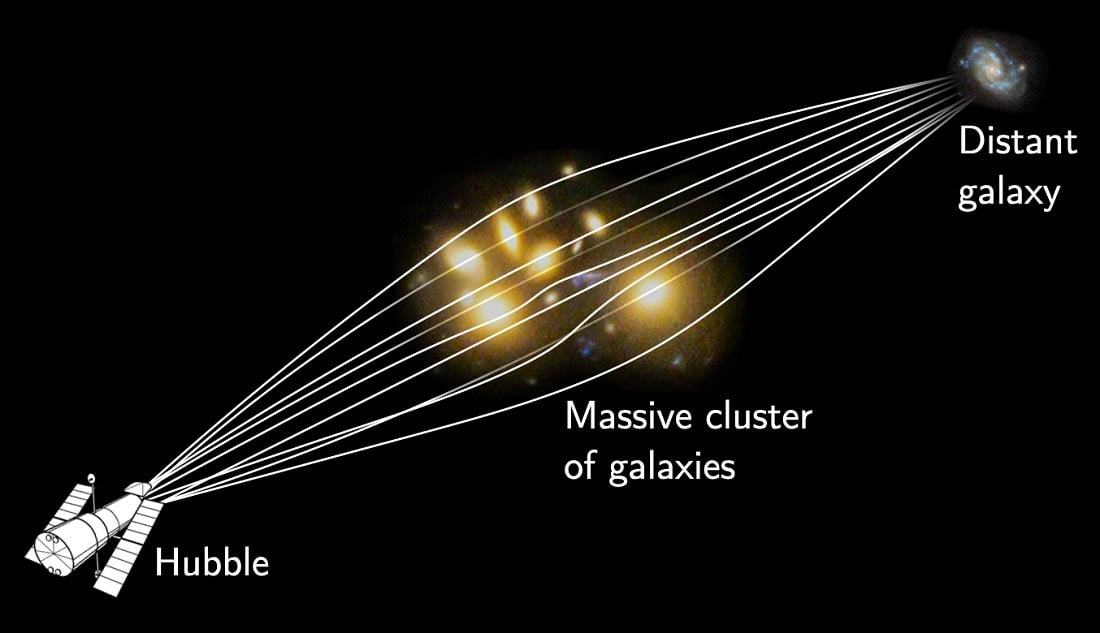
Astronomers Spot the Most Distant Single Star Ever Seen Using a Cosmic Telescope Predicted by Einstein
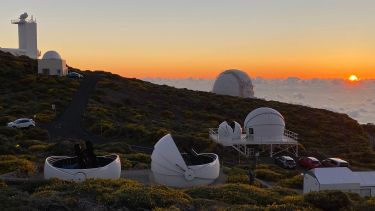
New gravitational wave telescope developed in collaboration with Sheffield scientists | News | The University of Sheffield

PDF) Strategies for the Follow-up of Gravitational Wave Transients with the Cherenkov Telescope Array
